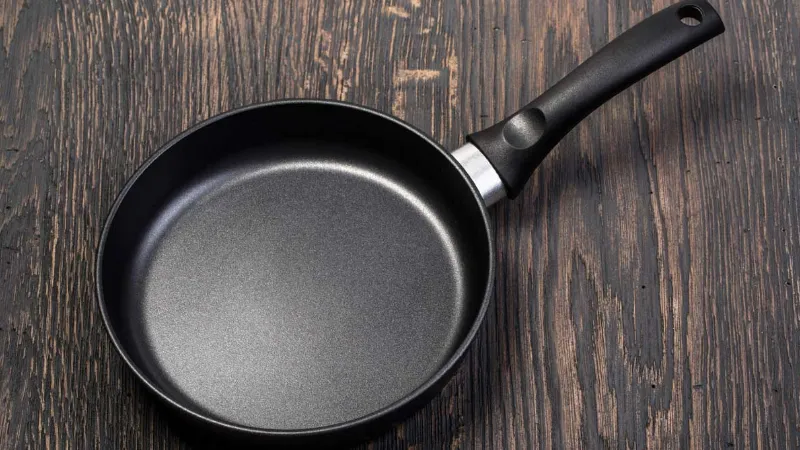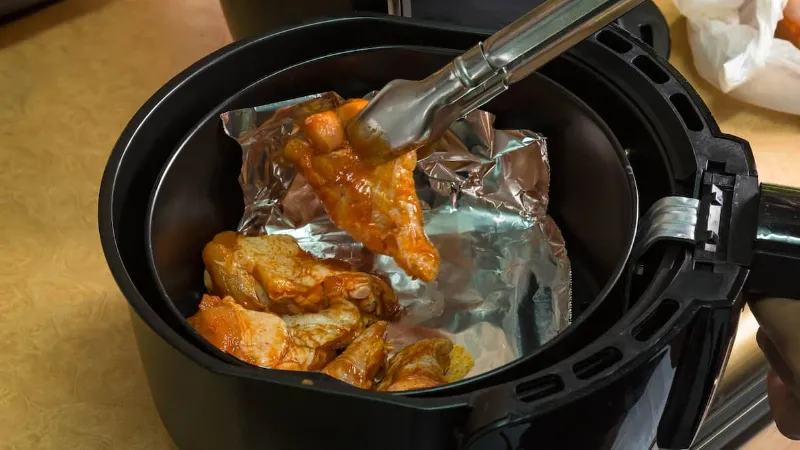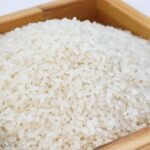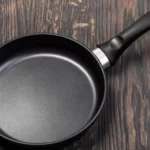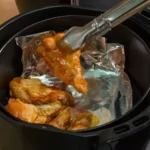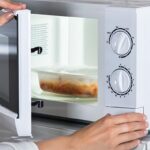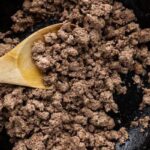What is Microwave Sensor Cooking? Is Microwave Sensor Cooking Worth It?
What is microwave sensor cooking? Microwaves can detect the amount of water in food by using sensor cooking, which dynamically modifies cooking times and power levels to produce the best results for your dish.
A microwave sensor cooking monitors the moisture, heat, and humidity levels in the food it is cooking, enabling automatic adjustments to be made throughout the cooking process.
Microwaves do not always come equipped with sensors, and those that do vary in how easily they can be turned off for manual modes or operated automatically.
While sensors are great for reheating food, they might not work as well for baking bread or preparing elaborate meals that contain a variety of ingredients.
Table of Contents
What is Microwave Sensor Cooking?
You’re in a rush to get lunch on the table, so you pop your frozen burrito in the microwave and hit start. But after a short while, you realize you were mistaken.
Either the burrito was undercooked or overcooked, leaving you with an unpleasant mess. If only there was a way to completely avoid this predicament.
Nevertheless, there is a microwave that uses sensor cooking. These clever gadgets can determine when food is fully cooked and shut off the microwave on their own, guaranteeing that your food will never be undercooked or overcooked again.
But what is microwave sensor cooking, and how does it operate? Here’s a quick overview:
Some microwave ovens have a feature called microwave sensor cooking that employs sensors to keep track of the amount of moisture in food as it cooks.
The microwave will adjust the cooking time based on the amount of moisture found. The microwave will automatically shut off when the food is fully cooked.
As a result, you won’t have to guess how long your food will take to cook each time.
They must be aware of what you’re cooking for it to work, though. That’s right – separate settings for red meat, fish, vegetables, and even popcorn. Therefore, you must choose the proper setting before you begin to microwave.
If you don’t, your food might be undercooked or overcooked because the sensor won’t be able to accurately determine the amount of moisture in it.
While it saves time by eliminating the need to guess at cook times, microwave sensor cooking is not infallible.
For instance, different agricultural products have different moisture contents, so when sensors are used to cook, moist or dry vegetables will produce different results. Additionally, it might be harder to cook some foods evenly than others.
It is crucial to read the instruction manual and test the microwave with various foods to make sure it is operating as intended.
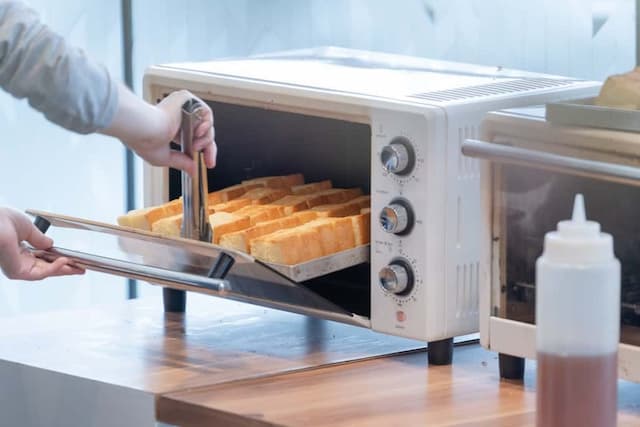
Best Uses of Sensor Modes
Although customers report that sensors still frequently work better for some uses than others, auto sensors on microwaves can deliver excellent results for a variety of foods and cooking applications.
- If your microwave has a sensor mode, it’s a good idea to use it when reheating food since sensors are very effective in this regard.
- The use of auto sensor technology may not be as effective for some more complex or delicate applications, such as bread, large frozen food items, frozen vegetables, chicken, and delicate fish or meats; these applications frequently call for precise manual controls, especially in large capacity microwaves.
- If the two modes are separately offered by your microwave, defrost settings are typically preferable to sensor modes for that purpose.
- Sensor technology is not particularly helpful when heating a beverage or other liquid.
- When in doubt about the various cook modes and microwave oven operation, a menu guide can offer speedy solutions.
The Benefits of Microwave Sensor Cooking
If you’re on the fence about whether or not to invest in a microwave with sensor cooking, here are a few benefits that may sway you:
Convenience
The convenience of microwave sensor cooking is one of its biggest benefits. This feature is for you if you lack the time or don’t want to deal with the hassle of watching your food cook.
Taking Guesswork Out of the Equation
The fact that sensor cooking eliminates the need for guesswork in determining cooking times is another benefit. This feature can come in very handy if you’re a novice cook or simply don’t have much experience.
Even if you have a lot of cooking experience, timing cook times can be challenging at times. Most of your food will be cooked perfectly if the moisture content of your food is detected, and the cooking time is adjusted accordingly.
Improved Taste and Texture
Microwave sensor cooking can enhance the flavor and texture of your food by preventing under- and overcooking. A more satisfying eating experience is obtained when food is cooked evenly, preserving its natural flavors and nutrients.
The Drawback of Microwave Sensor Cooking
Although microwave sensor cooking has many advantages, there is one potential disadvantage: it is not recommended for large, complex meals.
As a result, some ingredients may be overcooked while others may be undercooked because the sensors can only account for one type of ingredient at a time.
In addition, sensor cooking is not ideal for meals that require precise timing, such as baking a cake or making roast beef. This is due to the fact that the sensors can only provide an estimate of the cooking time, which means that your food may be undercooked or overcooked.
Sensor cooking is generally best suited for straightforward dishes with few ingredients, like cheese sandwiches or baked potatoes. Therefore, it is preferable to stick to traditional cooking techniques if you intend to prepare a large or complicated meal.
FAQs
How Do You Disable a Microwave Sensor?
Your microwave’s model may automatically use the sensor function or may offer switchable manual modes. There isn’t really a way to disable the sensor on your microwave if it runs automatically. Typically, these modes are indicated on your control display panel.
Do Microwave Sensors Work through Glass?
In general, there shouldn’t be a problem using glass containers because microwave sensors are made to work with any typical microwave-safe containers or plates. Do not use any metals in microwaves, including stainless steel.
Are Microwave Sensors Worth It?
It’s important to inquire because countertop microwave ovens with auto sensor technology tend to cost more than those without, much like those with inverter technology. While sensors should work well for most other applications and are excellent at reheating food, some more delicate or complex dishes might need to be cooked entirely by hand.
To Sum It Up
The convenience of microwave sensor cooking eliminates any uncertainty regarding cook times. It’s perfect for simple meals and frozen foods, and can even improve the taste and texture of your food.
It’s not the best choice for large, complicated meals, but it’s a fantastic option for those who want a simple, stress-free cooking process. So if you’re in the market for a new microwave, be sure to look for one with this handy feature.
Read about


